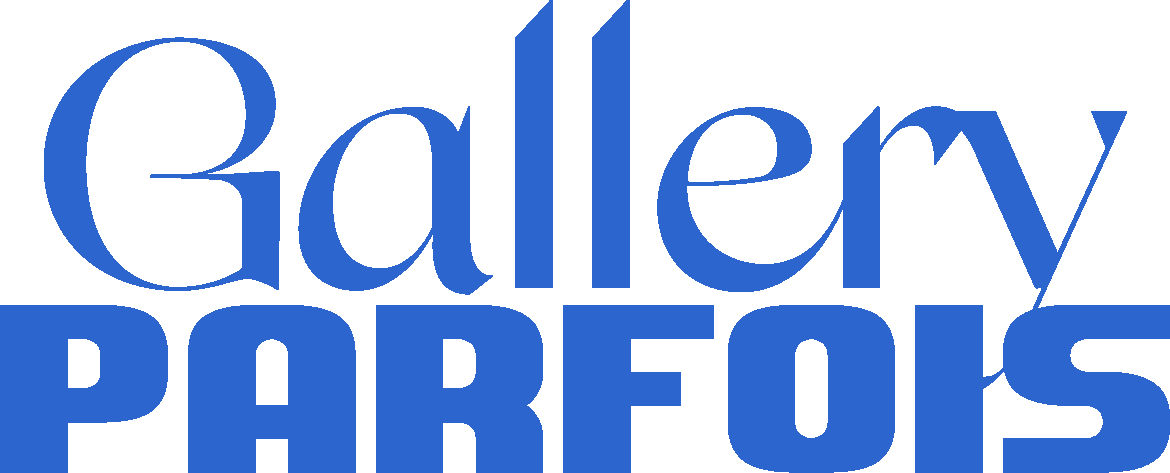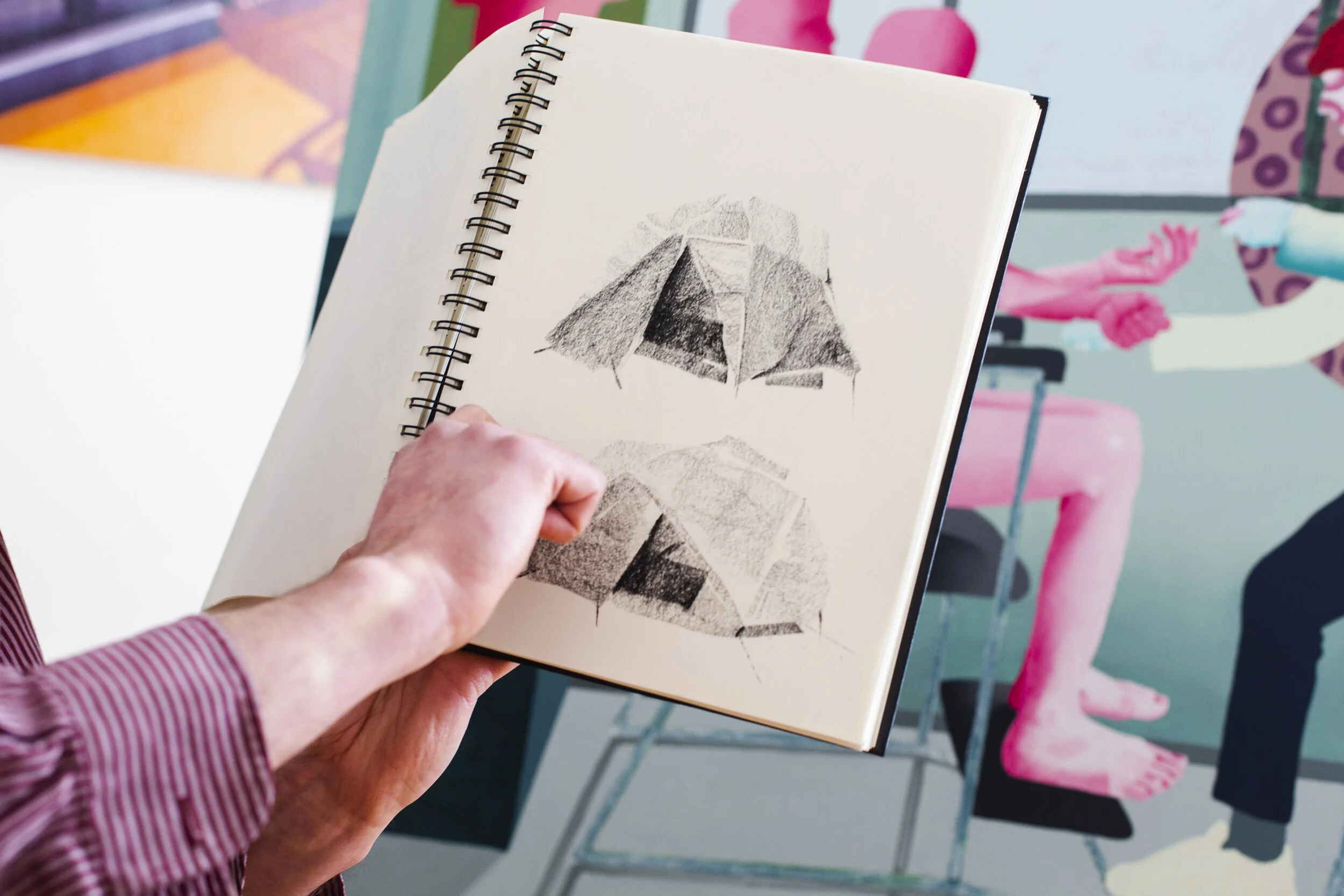Studio Tour: Zachary Irving
Words & photography: Brooke Rutner
Zach Irving is the embodiment of the Montréal archetype. That is, the multi-talented creative who, with a nonchalant shrug, glides from one impressive artistic endeavour to the next. Meanwhile, making it all look effortless.
Originally from rural Ontario, the multi-instrumental musician/multidisciplinary visual artist spent his formative years in the quiet countryside. Searching for entertainment, he let himself be guided by an experimental curiosity. He spent much of his time wandering the open fields and tinkering with various small-scale building projects. That is, until his stumbled into music. Jumping head-first into music creation, he quickly learned guitar then taught himself multiple different instruments.
This led him to Montréal, where as we know, so many creative characters of this type seem to end up. Here is where he found a community. Joining various different bands, the most known being psychedelic rock group Anemone. Gaining international success, Zach toured the world and played major festival such as Osheaga, Villette Sonique, and SXSW.
Yet in recent years, Zach’s focus shifted. Picking up the paintbrush, he decided to pursue a visual arts practice. As his apparent pattern, he immersed himself completely, quickly transforming himself into a highly skilled painter, working primarily in the complicated medium of oil paint.
Gallery Parfois is thrilled to be presenting Time and Sequence, the first exhibition of Zach’s work as a fine artist.
Hi Zach! Tell us about where you’re from.
I’m from Barrie, Ontario, but I spent most of my years growing up on a farm between Barrie and Angus in a township called Essa. It was quiet, I spent lots of time exploring the open countryside. We only had 3 channels on t.v and dial up internet until I was 18, so I had to entertain myself. I remember spending a lot of time gluing and painting models cars or inventing games. When I started learning the guitar it got loud. With no neighbours around I would have friends over often and we would make music.
How would you describe your relationship to Montréal? My relationship with Montreal is a pretty normal one really. There’s great music, great art, the cost of living is easy (relatively) and it’s pretty natural to find a community here no matter what your interests. I originally came here looking to play music because I heard the music was great and there’s all kinds of artists from all over Canada. I ended up touring with a band from here, travelling the U.S and Europe. I got to see a lot of beautiful places with some beautiful people and coming back to Montreal at the end was always the cherry on top. I like being pretty stationary here for now, focused on painting, going through my memories of those times maybe turning some into paintings.
You mention that although initially a musician, your visual art practice eventually took over. What led to this move from music to painting?
Painting’s always been another passion of mine that I’ve had hidden aside. I really like to be an independent worker and painting enables that side of me on a creative level. I guess maybe after all the places that I’ve traveled and played music in, I feel like that itch has been scratched a little and now I can focus on painting.
In which ways has music informed your painting practice?
I find it interesting that the color wheel is divided into 12 distinguishable hues and that there are 12 chromatic notes that repeat over and over through different registers. And it’s interesting that in theory, there are formulas for putting notes together just like there is with color to form pleasing harmonies. This is something that I’ve just started looking into.
How would you describe your creative practice and the projects you like to work on?
For the most part I make paintings based on memories and experiences. I like to play with a kind double exposure effect, where I layer the sequence of actions an animate object or person makes in set perspective over a period of time. I like the way that the overlapping contours can create this kind of rhythm and maybe you can get lost as to which sequence of action comes next, it's like “are you seeing things happening in a different sequence than someone else who’s looking at the same painting sees them happening? I like that idea. I find myself often choosing more mundane things like a hair cut or shopping.
When creating a work of art, do you consider how others will interpret it?
I’m aware that other people will interpret my art, and I can’t say I’m sure what others are going to see. As a creator I see what the picture means to me and where it came from, but to other people trying to figure it out, it could end up meaning something completely different. Right now I have been more focused on the process and developing the way I use materials.






